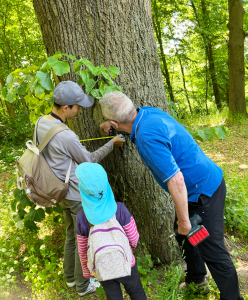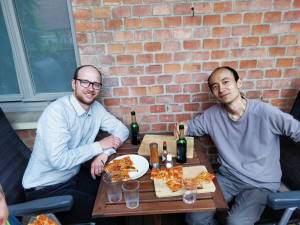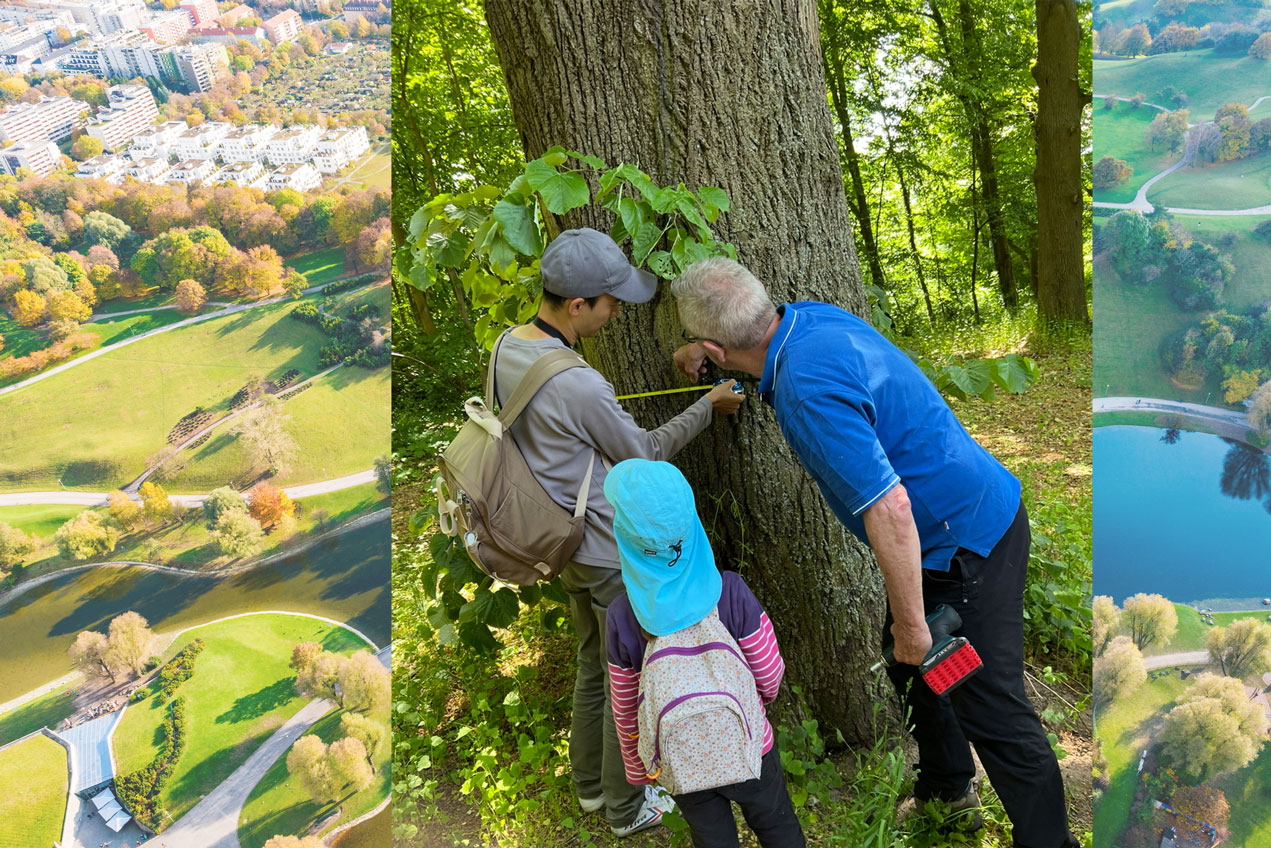Information of the Applicant from Kyoto University:
- KANG Jiefeng, PhD student, Graduate School of Global Environmental Studies
Duration of Stay:
- April 6 to June 3, 2022
Aims:
- Building a new research network in German
- Academic exchange on urban biodiversity research with the visited group
Visited Researchers and Institutions in Germany:
- Dr. Michael Strohbach, Architecture, Civil Engineering and Environmental Sciences, Technical University of Braunschweig
Participated events; conferences, seminars, etc. in Germany:
- Academic report in Technical University of Braunschweig, Title: Freshwater conservation through monitoring and assessment, Speaker: Dr. John Simaika, Aquatic Ecology and Conservation, IHE Delft Institute for Water Education, NL
- Park Hohenrode plant investigation, Nordhausen, Thuringia
- Harz National Park of Germany
- Wild animal tracking project in Braunschweig, Lower Saxony
Motivation for Kyoto-DAAD Programme
Pioneering approach to European academia in the field of urban biodiversity research
My research for Ph.D. is urban biodiversity. Taking Kyoto City as my case study, I investigated and analyzed the pattern of plant diversity in the city. To further understand the pattern, I looked into the natural and social factors’ impacts. Different from the plant community in natural ecosystems, the assembly of urban plant communities are highly dominated by human activities. Cultural, social, and economic characters of a city is required to understand the process and the mechanism under the pattern. Therefore, a multi-city research would help in revealing the potential common process of urban biodiversity assembly. On the other hand, European academe has been at the forefront of the urban biodiversity research field. Based on the above considerations, I applied for the program.
Achievements and Outcomes of ECRs’ Stay
Developing research plan
The relationship among confinement improvement, radial electric field, and density fluctuations has been experimentally investigated using microwave reflectometers in Heliotron J at the Institute of Advanced Energy, Kyoto University, with the aim of understanding confinement and transport in magnetic confinement fusion plasmas. A Ph.D. student, Yasuto Kondo, visited Max-Planck Institute for Plasma Physics, Germany, during the experimental term of the W7-X device to learn about the measurement methods and the role of the magnetic islands, and to discuss the design of the microwave reflectometer system with young German researchers, Dr. Thomas Windisch and others. Yasuto also had a discussion with Dr. Matthias Hirsch, a senior researcher of microwave reflectometers. He learned how experiments are conducted in the research environment at a large research institution, which is different from universities, and he gained valuable experience for working as a researcher in the future.
Learning about urban biodiversity projects of the institute
My colleagues in Kyoto University lab focus more on field work, while my visited research group use both filed investigation and models. I visited their animal tracking project in the field. Other colleagues in the office showed me the application of novel technologies and the species distribution models in urban biodiversity research, which is interesting to me.
Establishment of network to some extent
I tried to organize a video meeting between the two research groups in Japan and in Germany when I was in Braunschweig, but it ended up with some email communication. We didn’t make a official collaboration between the two groups, but luckily, some students in Kyoto University were interested in the Germany research group or the DAAD program and one of them contacted Michael after my return. The program really helped and will help many students like me.
Outlook for the Project
Since I am interested in the application of novel data and new technologies in ecology research, I work on biodiversity using big data and crowd-sourcing data after graduation. My current research is related with Michael’s field from a technology perspective. As the big picture, I hope we can find common interest and make a feasible collaboration plan in the future. However, since our specific research questions are different for now, the minimum viable product should be finishing our project starting from the visiting. Besides, I am glad to help any students or young scholars to get connected with the program or the visited group.


![[間:AI DA]: supporting international carrier development of early career researchers (ECRs)](/exchange/aida/wp-content/themes/kyoto-u-daad/img/logo-aida.png)



